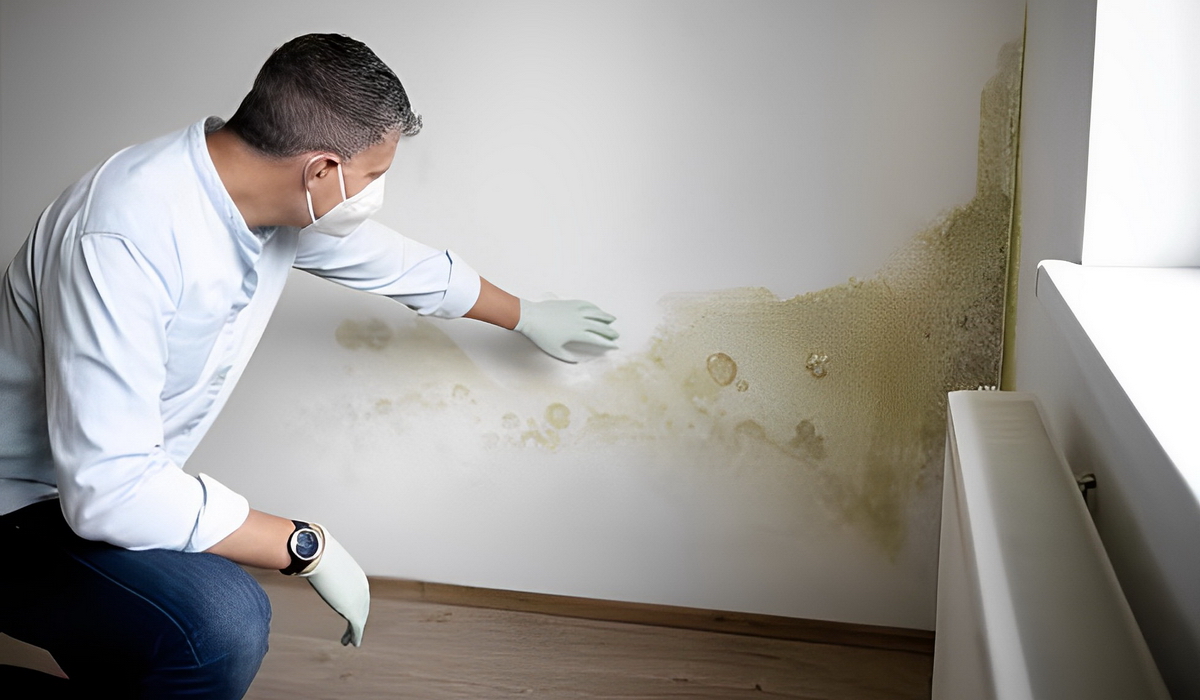
Moisture out of control in buildings poses structural risks on the property and health problems for the people who reside in it. But how exactly does it affect your living or working situation? Here’s what you should know:
Drawbacks of Moisture in Buildings
Moisture actually seeps into the cracks and jeopardizes the integrity of the building, causing accelerated weakness along the load-supporting walls. Chemical reactions can occur with the building materials, leading to structural defects with the fasteners, metal roofing, wiring, flooring, adhesives, and conditioning coils. These speed up the wear and tear of the building, significantly increasing maintenance costs while reducing longevity.
For wooden materials, moisture can cost the wood to warp, rot, or swell. Paint can quickly peel off due to the moisture and any thermal insulation of the building is drastically reduced, leading to higher energy costs.
Moisture also promotes mold growth, causing bacteria and mildew to colonize the HVAC system. As the spores become airborne, upper respiratory problems can occur such as coughing, wheezing, shortness of breath, and even the development of asthma.
Sources of Moisture in a Building
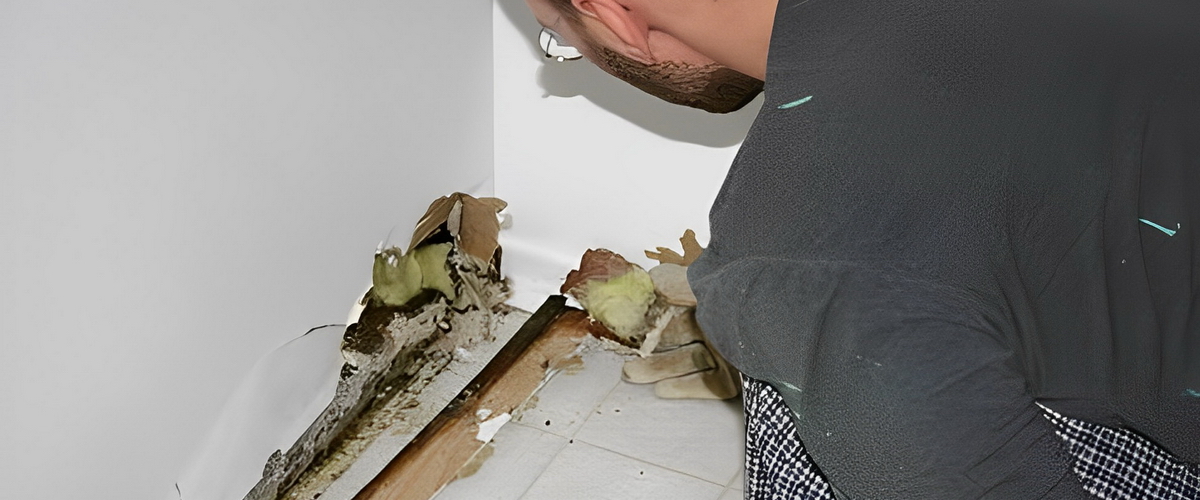
So how exactly does moisture get into buildings? Typical reasons include:
- Water leakage in the building’s pipes or envelope. The area of concern is usually located on the walls or portions of the building where stains start to appear.
- Suspended timber floors can also be a source of moisture due to the wet ground underneath. This can happen if there’s heavy rain or moderate flooding.
- Flooding and extreme weather can also force moisture into buildings.
- Moisture that’s retained in the building materials could further release water into the environment.
Tips To Control Moisture in a Building
So what exactly can be done about moisture? Here’s what we know:
1: Reduce Humidity
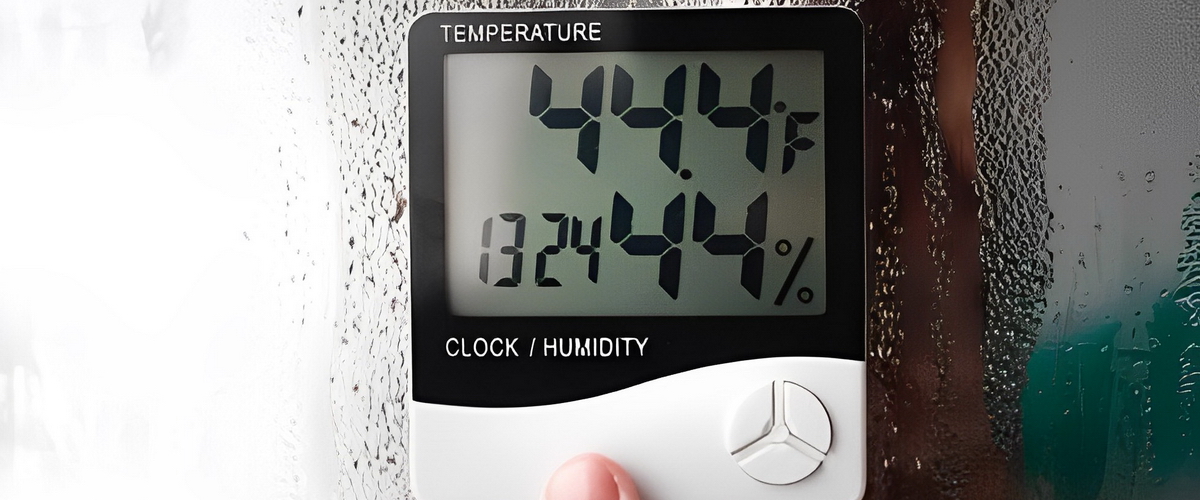
Dehumidifiers are a good place to start when it comes to removing moisture from a specific room. Dehumidifiers can be inexpensive and compact; capable of taking out the water right off the air in small spaces. Note that dehumidifiers need to work for most of the day so it’s best to get a unit that’s Energy Certified to minimize power costs.
2: Seal Sources of Moisture
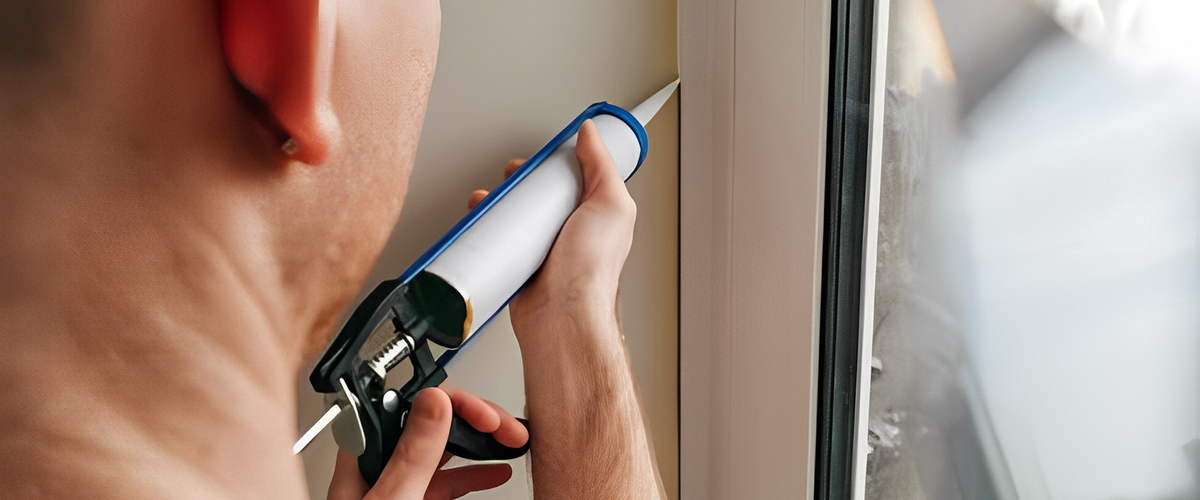
Dripping faucets or cracked pipes can be the source of continuous moisture in the environment. You want to seal these off as quickly as possible with the help of a plumber or any handy professional. Water penetrating a building becomes instantly obvious when mold or stains start to appear on the wall. When this happens, make sure to trace the source, fix the pipes, and then thoroughly clean the surface.
3: Improve Air Flow
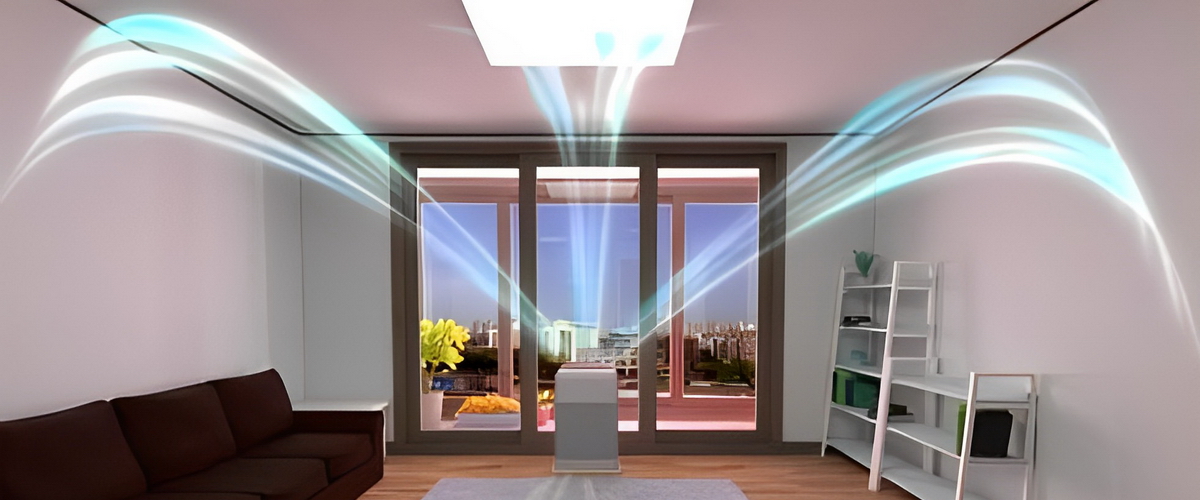
Opening windows and doors can help promote airflow throughout the room. As air moves through the space, any water in the space evaporates, thereby drying out the room. You’ll notice how basements usually suffer from mold and mildew; this is because these spaces rarely have proper airflow. In some cases, simply leaving the door and windows open can help remove the extra moisture from the area.
4: Insulate the Building

Note that moisture doesn’t always come from the building’s pipes. There are instances when it comes from outside – specifically when wet weather seeps through the walls and into buildings. To fix this problem, the property’s insulation needs to be reinforced to prevent water transfer. This also helps with power conservation as proper insulation helps keep warm air inside the home.
5: Moisture Control Systems
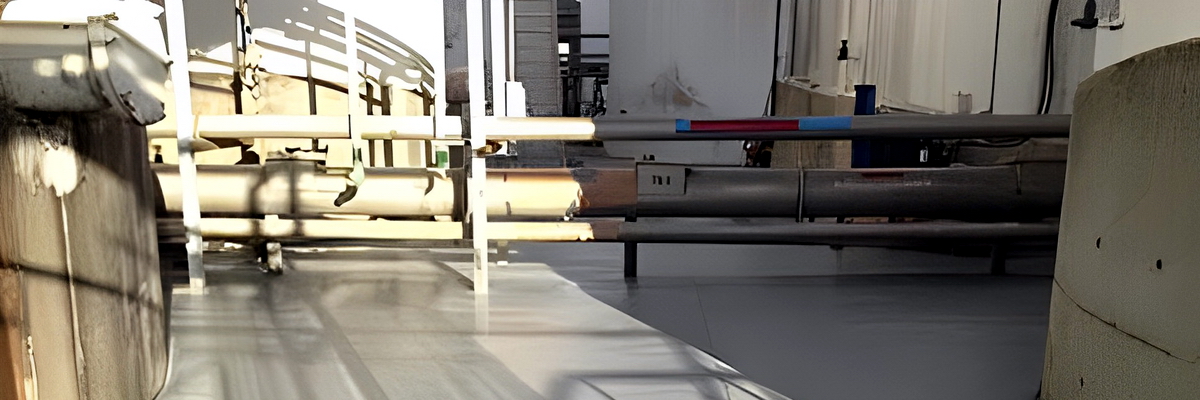
There are companies that provide comprehensive moisture control systems in buildings. Extreme Epoxy Coatings provides this service to property owners. You can simply have scheduled and regular visits from maintenance experts who know exactly what they’re doing. Using Extreme Epoxy Coatings, you get the best that the industry has to offer while keeping costs and operational disturbances minimal. There are several options for moisture control systems and owners can pick which one fits their needs the best.
Final Word
Of course, those are just some of the ways property owners can help reduce humidity or moisture in their properties. Bear in mind that a completely dry room is just as bad as a moisture-filled one. Ideally, humidity levels in a room should be anywhere between 30 to 50%. Too little or too much can both pose problems for the people inside.


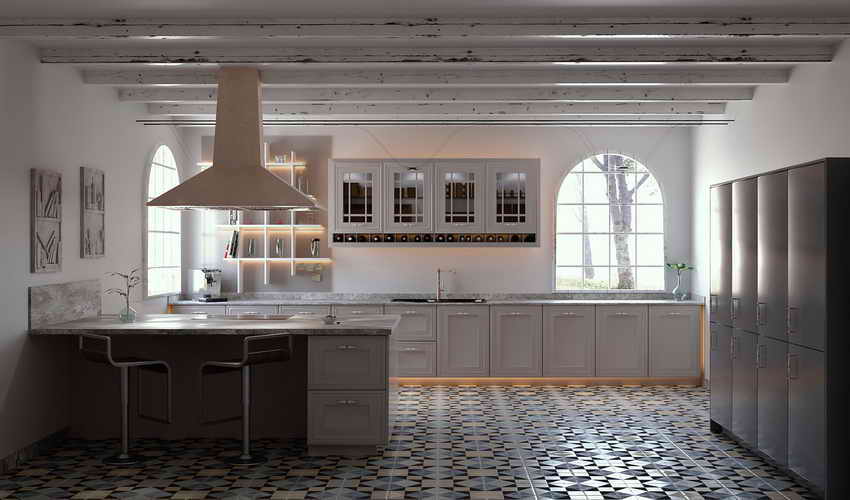
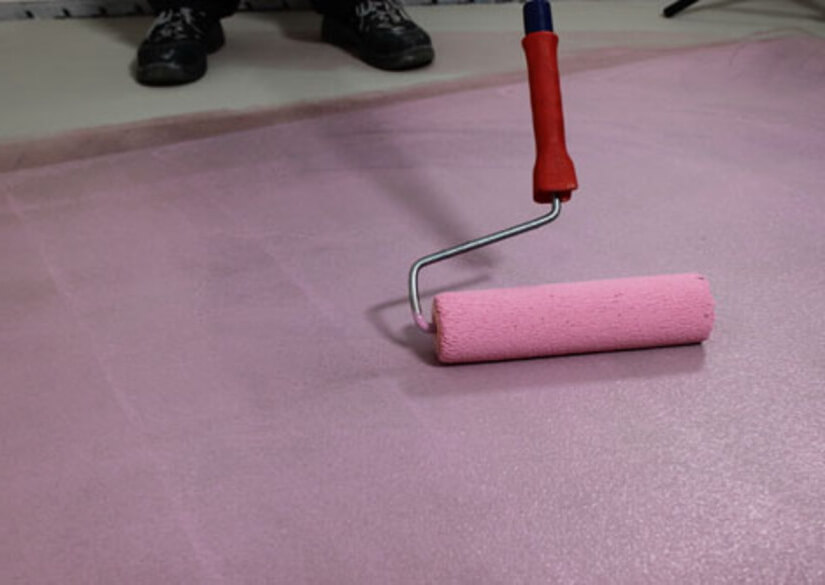
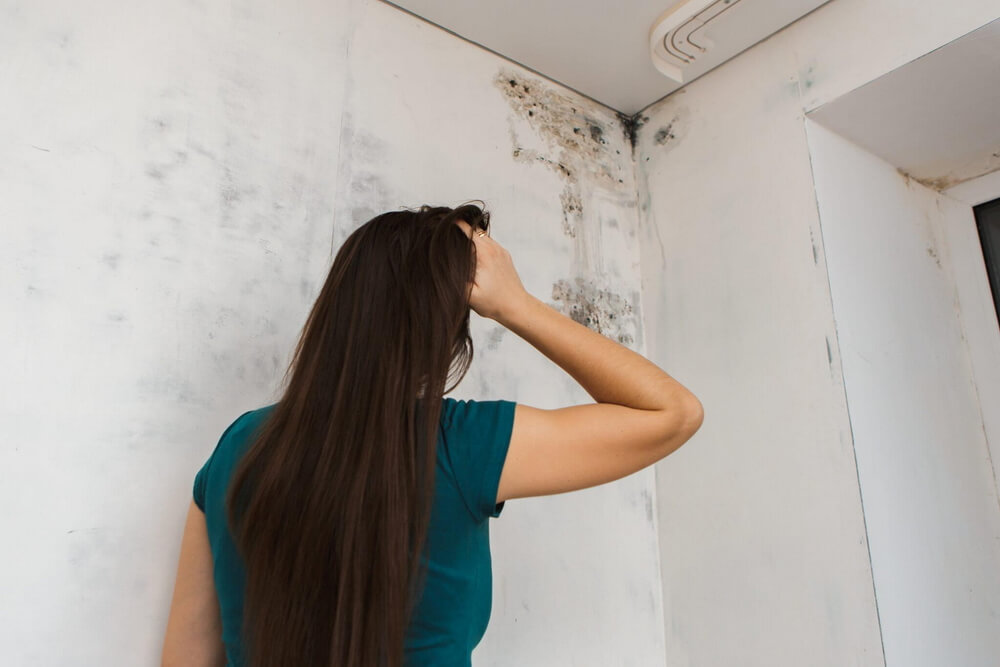
Leave A Comment